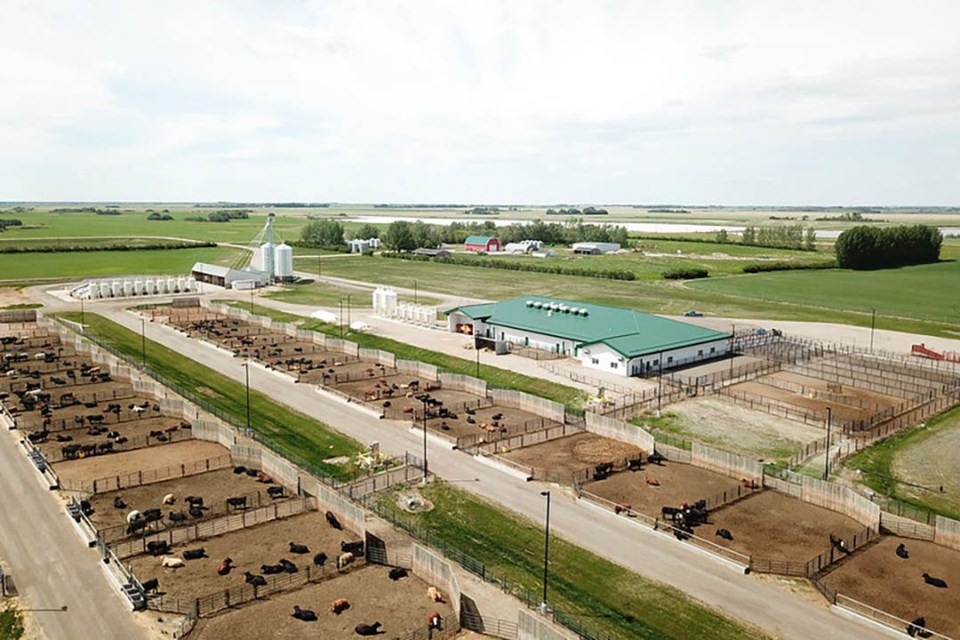SASKATOON – Saskatchewan’s minister of agriculture, the Honourable David Marit, announced funding today on behalf of the governments of Canada and Saskatchewan of $6.6 million over five years for the University of Saskatchewan’s (USask) Livestock and Forage Centre of Excellence (LFCE).
The investment demonstrates the federal and provincial governments’ strong commitment to advancing the livestock and forage industries across Saskatchewan and beyond, said centre director Dr. Scott Wright (PhD).
“We are grateful to both levels of government for providing this critical funding,” said Wright.
“It will enable us to do our part and further leverage this funding to grow capacity in these sectors through the dynamic and innovative integrated research, education, and outreach conducted at our centre by students and university faculty scientists. In addition, we are building a solid, science-based staff to enhance research, teaching, and industry engagement.”
The LCFE provides resources including beef cattle, bison, annual and perennial grazing land, a 1,500-head feedlot, and laboratories that are used by agricultural, environmental, economics, veterinary, and other researchers. These researchers, in turn, support the advancement of innovation, education, and adoption of agriculture technology, practices and solutions as they focus on animal health and welfare, environmental sustainability, and producer profitability.
The world-class complex of field and science laboratories brings under one roof almost every facet of livestock production from forage development and grazing management to cattle reproduction, genomics and genetics, cow-calf management and feedlot health, growth, and productivity. In addition to beef cattle research and education, the LFCE is a centre for bison reproductive work, vaccine development, disease control, and nutrition.
“The aim of the centre is to support scientists as they seek to improve the livestock and forage industries in the Prairies, across Canada and around the world in being part of, and building on a strong network of partnerships,” said Wright.
Marit announced the funding, under the Sustainable Canadian Agricultural Partnership (Sustainable CAP), at the LFCE’s Summer Field Day presented by Canadian Western Agribition on June 20.
“The livestock sector plays a key role in the overall sustainability of Canada’s agricultural industry,” said the Honourable Marie-Claude Bibeau, Minister of Agriculture and Agri-Food in Canada. “Investments in research, and getting that research into the hands of producers, provide tools to help the sector become more resilient, address challenges, and seize opportunities to continue opening new markets.”
“The provincial economic growth targets we’ve set for the end of this decade connect directly to our agriculture industry and to our livestock producers, who are already among the most sustainable in the world,” said Marit. “This funding for the LFCE directly supports the kind of innovative work that helps our livestock sector not only stay globally competitive but remain a leader when it comes to best practices.”
More than 200 producers, scientists, industry representatives, and government livestock and forage specialists attended the day-long field day that featured the centre’s Pens, Plots and Paddocks tour during which a dozen USask scientists presented their respective research conducted at the centre. Topics ranged from manure management to selection of high efficiency heifers to the use of drones in agronomy. Another 11 graduate students presented their research during a scientific poster competition.
— Submitted by USask Media Relations



